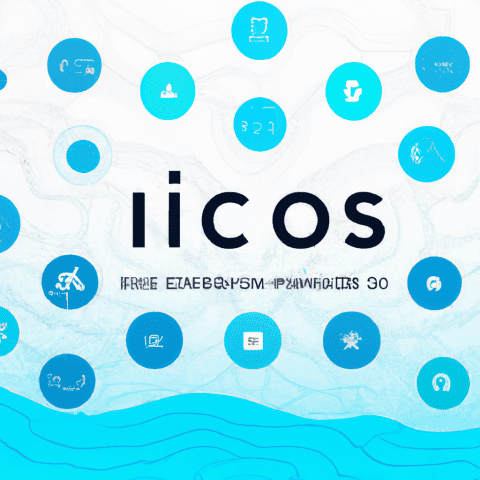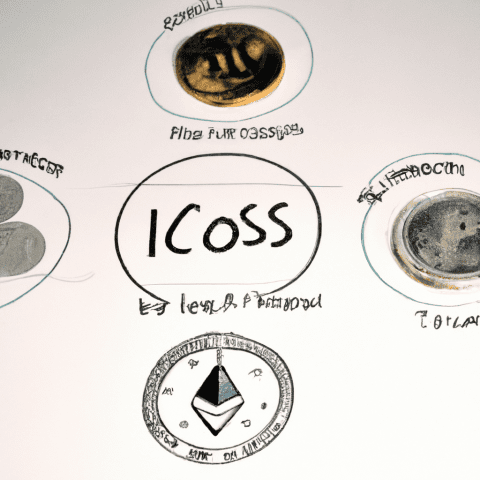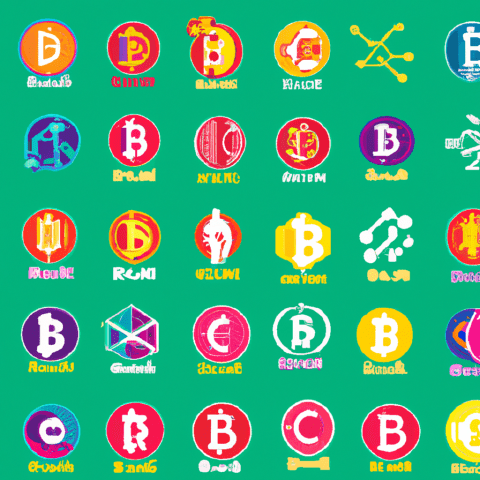In the ever-evolving world of cryptocurrency and blockchain technology, Initial Coin Offerings (ICOs) and Initial Exchange Offerings (IEOs) have become popular methods for startups to raise funds. Both ICOs and IEOs offer investors the opportunity to be a part of groundbreaking projects and potentially lucrative investments. In this article, we will delve into the differences between ICOs and IEOs, highlight the top ICOs and IEOs to watch in 2021, provide the latest news updates on ICOs and IEOs, and offer guidance on navigating the world of ICOs and IEOs. As we explore the potential of ICO/IEO investments and compare the two methods, we will also take a deep dive into the evolution of ICOs and IEOs to provide a comprehensive understanding of these fundraising mechanisms. Stay tuned for insights on upcoming ICOs and IEOs that could be worth keeping an eye on in the coming year.
1. "Breaking Down the Differences Between ICOs and IEOs"
When it comes to fundraising in the cryptocurrency space, two popular methods are Initial Coin Offerings (ICOs) and Initial Exchange Offerings (IEOs). Both ICOs and IEOs serve as ways for blockchain projects to raise capital by selling digital tokens to investors. However, there are key differences between the two that potential investors should be aware of.
One major difference between ICOs and IEOs is the platform on which they are conducted. ICOs are typically hosted on the project's own website or a dedicated crowdfunding platform, while IEOs are conducted on a cryptocurrency exchange. This means that IEOs have the advantage of being more secure and trustworthy, as exchanges often perform due diligence on projects before allowing them to conduct an IEO.
Another difference is the level of investor protection offered by ICOs and IEOs. In an ICO, investors send their funds directly to the project team, which can lead to a higher risk of scams and fraud. In contrast, IEOs are conducted through a trusted exchange, which acts as a middleman between investors and the project team. This provides an extra layer of security and helps to weed out potentially fraudulent projects.
Additionally, IEOs tend to have a higher level of liquidity compared to ICOs. Since IEOs are conducted on exchanges, tokens purchased during the offering are usually listed for trading shortly after the sale ends. This allows investors to buy and sell tokens more easily, increasing the overall liquidity of the token.
In summary, while both ICOs and IEOs are popular methods for blockchain projects to raise capital, there are significant differences between the two. IEOs offer increased security, investor protection, and liquidity compared to ICOs, making them a potentially more attractive option for both projects and investors. As the cryptocurrency industry continues to evolve, it will be interesting to see how the landscape of ICOs and IEOs changes in the future.















